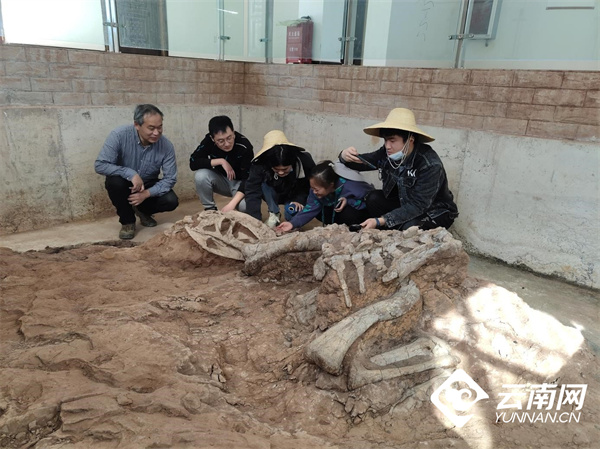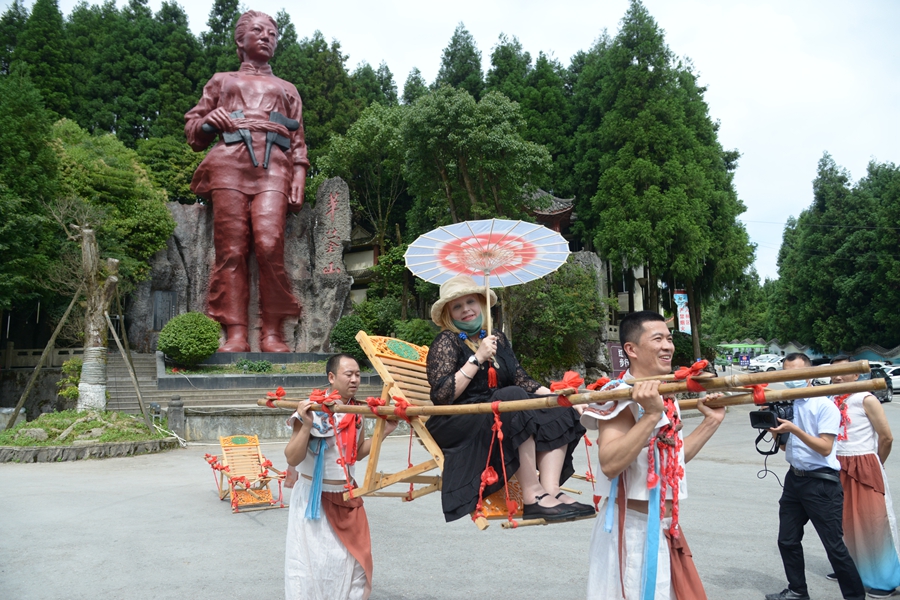Digging the contemporary value of agricultural cultural heritage
Author:China Economic Network Time:2022.07.24
The Global Important Agricultural Cultural Heritage Conference opened in Qingtian, Zhejiang on July 18. This is the largest and highest -level conference held by the countries of the world's important agricultural cultural heritage in the past 20 years. In May of this year, my country added three new global agricultural cultural heritage, and the Anxi Tieguanyin Tea Cultural System in Fujian was among them. It can be said that the world's important agricultural cultural heritage is being familiar with more Chinese.
The global important agricultural cultural heritage is a traditional agricultural system that has important historical and humanistic values and has important reference for modern ecological agriculture. With the development of the economy and society, the protection of traditional agricultural and cultural heritage in some countries and regions is facing severe challenges. Through the effective protection of the excellent parts, it can better tap a variety of agricultural values, expand a variety of agricultural functions, realize the ecological protection and cultural heritage of inheritance, and promote agricultural development and rural prosperity. To this end, the Food and Agriculture Organization of the United Nations launched an initiative of important agricultural cultural heritage in 2002, and this year is the 20th anniversary of the proposal.
In China, agricultural cultural heritage is the essence of traditional farming civilization, with some characteristics of natural heritage, cultural heritage and intangible cultural heritage. China is one of the earliest countries to participate in the work of important agricultural cultural heritage around the world. Since the 18th National Congress of the Communist Party of China, the Chinese government has launched the implementation of the excavation and identification of important national -level agricultural cultural heritage to promote the new level of agricultural heritage. At present, the total number of important agricultural cultural heritages in China reached 18, ranking first in the world. my country has become a successful practitioner and main contributor to the work of important agricultural cultural heritage in the world.
In fact, the standards for the identification of important agricultural cultural heritage in the world are harsh. In accordance with the rules, at least five standards selected for the inheritance. The first item is to ensure food and livelihood safety, the second is biodiversity and ecological versatility, the third is a unique agricultural knowledge system and adaptive technology, and the fourth item is a unique agricultural cultural value system The fifth item is a unique natural landscape and land and water resources management system. From this point of view, it is not easy to maintain a lead in total in my country. This also proves that the foundation of agriculture in my country not only ranks first in the output of many agricultural products, but also has cultural heritage and profound connotation.
At the moment, agricultural cultural heritage is of great value for promoting rural revitalization. China's farming culture has a long history, and it contains the simple philosophy and practice of the sustainable development of agriculture. To this day, the concepts of the integration of agricultural and cultural travel, industrial chain upgrades, ecological agriculture and other concepts advocated by the state can find a reflection. Today, the people in the city are increasingly yearning for the pastoral scenery, rural culture, and farm food. We must seize this opportunity, use the ecological advantages and industrial value of the agricultural cultural heritage system, promote the transformation and upgrading of the entire agricultural industry chain, and promote the rural industry. develop.
In recent years, the agricultural cultural heritage has not only been protected in China, but also glows with vitality. The Qingtian rice fish symbiosis system, which has a history of more than 1,200 years, was listed as China's first important global agricultural cultural heritage in 2005. The rice fish symbiosis system is rice fields. Rice provides shade and organic food for fish. The fish will exert the functions of cultivated fields, pine soil, and other functions, reducing dependence on chemical investment products. After years of hard work, Qingtian has explored the value realization mechanism of "one acre of fields, hundreds of pounds of fish, jacks, and 10,000 yuan". Going to the overseas dining table, showing the cultural self -confidence of Chinese agriculture to the world.
The theme of this conference is "Protecting Common Agricultural Heritage, Promoting the Revitalization of Comprehensive Rural Revitalization", build a mechanism -based exchange platform, and promote mutual assistance and cooperation between inheritance. For our country, the connotation of agricultural cultural heritage is rich, and there are many contents that can be dug in from it. The core issue is to protect and develop this big article. Based on the unique resources, technology, culture, and landscape advantages of each heritage, we must create special products and rural boutiques. This is also a question that the three new global important agricultural cultural heritage needs to be considered. (Qiao Jinliang Source: Economic Daily)
- END -
Yunnan Lufeng: Dinosaurs increase their cooperation with the media

Lufeng fossils in Lufeng City, Chuxiong and Yi Autonomous Prefecture are rich in r...
Foreign friends experience Guang'an non -heritage culture: magic and fun

Australian English teacher experience the sliding rod to lift the sisterSichuan Ne...